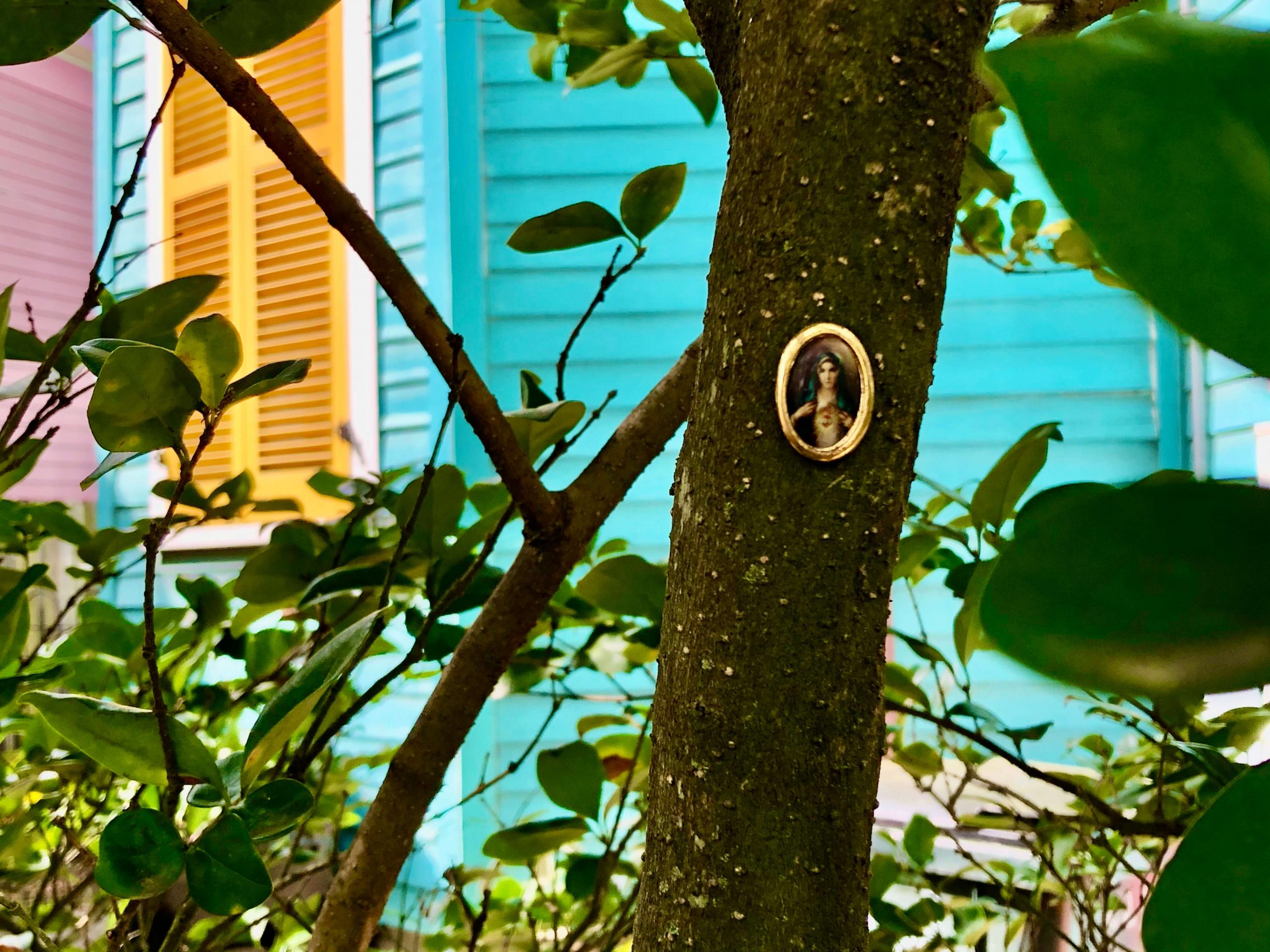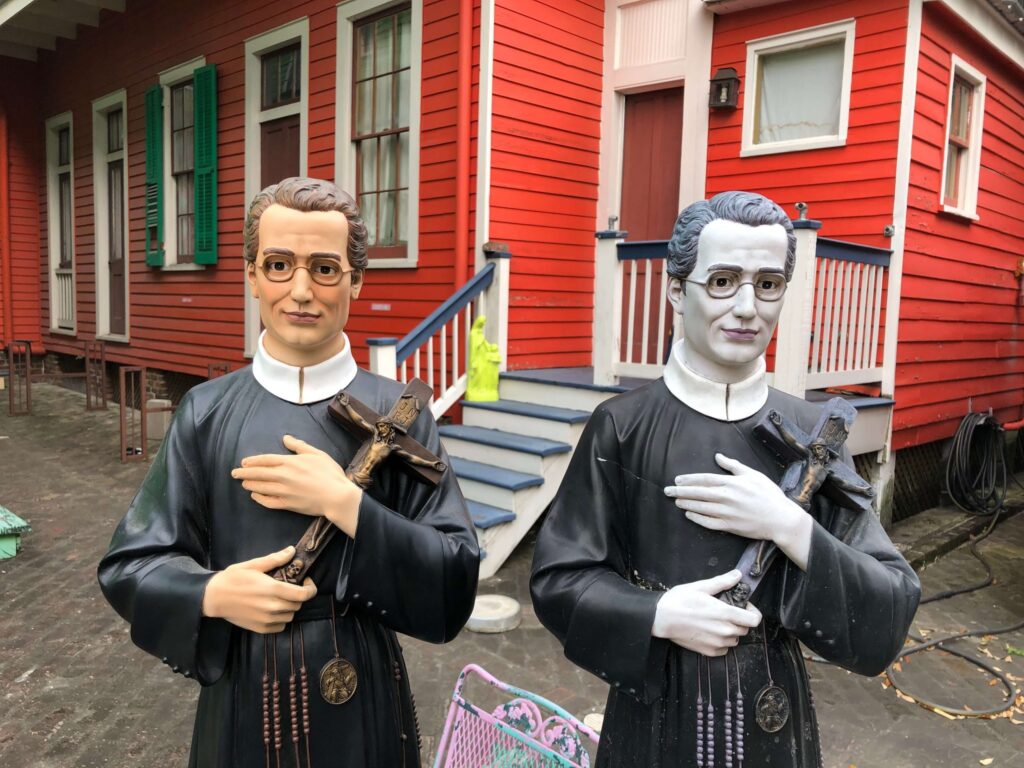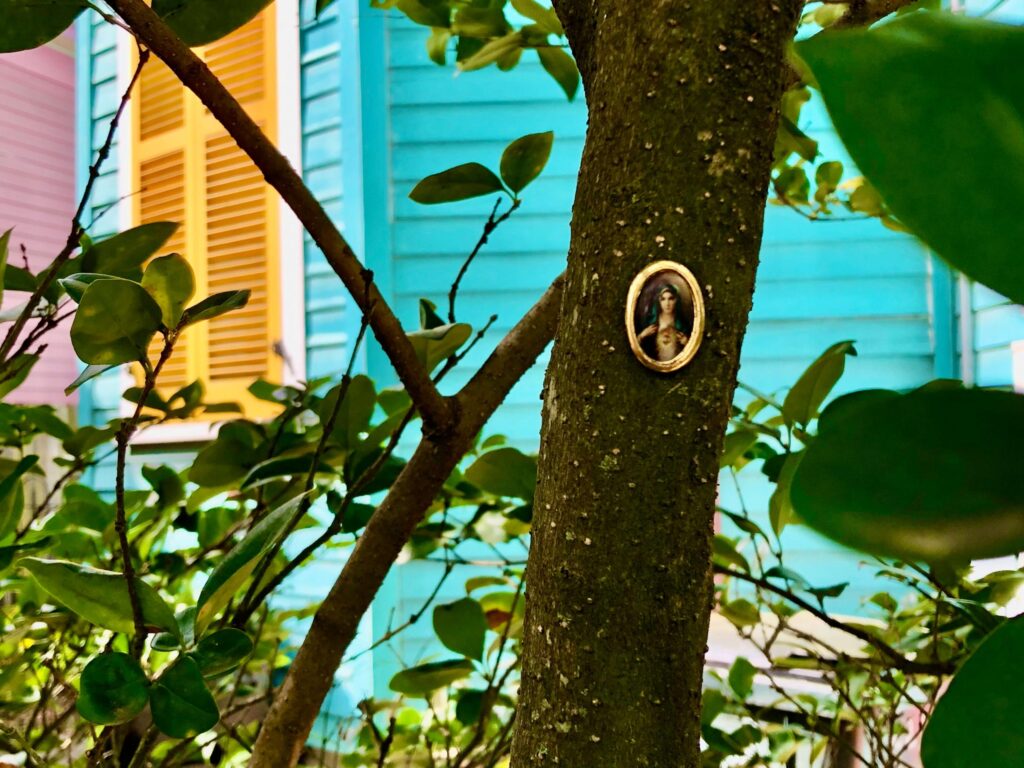
Past Epidemics in New Orleans
Thinking about the coronavirus in New Orleans and elsewhere got me to thinking about past epidemics in New Orleans, Ours is a city that is very familiar with fatal diseases. The last outbreak of bubonic plague was in 1914. Luckily, only ten people died. It wasn’t just luck. The city quarantined the Warehouse and the Central Business Districts. Yellow fever was the worst, though. The last serious yellow fever outbreak was in 1905.
Just to get you in the mood, here are the symptoms of yellow fever: jaundice, chills, nausea, headaches, fever, convulsions, delirium. Toward the end, death, patients would bleed through their eyes, their noses, and their ears, as well as from other various orifices I will leave to your imagination. At the very end, patients would experience hemoptysis, and, more gruesomely, hematemesis (that’s vomiting congealed and half-digested blood that looks like dark red coffee grounds).
SOME HISTORY OF PAST EPIDEMICS IN NEW ORLEANS.
Yellow fever struck New Orleans on a fairly regular basis between the months of July and October. Historically, half the population who contracted yellow fever would die of it. This 50% statistic is based on the state of medical testing and record keeping at the time. In the 19th century, “contracting” a disease meant “displaying the symptoms” of it. Germ theory wasn’t well developed.
In epidemic years, 10% of the city’s population could be dead by October. The worst epidemic was in 1853 when 7849 people perished from yellow fever. You can see the evidence in New Orleans’ many cemeteries all over the city.
Father Seelos died of yellow fever in 1867. He was 48 years old. Here are two statues of Bl. Fr. Seelos:

Much like today’s state of COVID-19, the only way to develop immunity to yellow fever in the 19th century was to survive it. You only got it once, the way people do with other individual viruses— once bitten, forever immune, unless it’s chicken pox and then you get the shingles. As of this writing, that’s the way with COVID-19. There is no vaccine, yet, for COVID-19. You have to catch it and survive to be immune. Be careful what you wish for.
We have a vaccine for yellow fever in the 21st century, so that’s another way, today, that you can develop immunity to the faviviridae viruses.
I had to get a yellow fever vaccine when I visited Thailand. No one is required to get vaccinated for yellow fever when they visit New Orleans. Since the 1980s, worldwide annual incidences of yellow fever have been increasing. None of these cases have originated in New Orleans.
HOW DO PAST EPIDEMICS IN NEW ORLEANS INFLUENCE THE CITY TODAY?
Death haunts everyone who lives in New Orleans. Because we live surrounded by cemeteries above ground, we are surrounded by reminders of our mortality.
New Orleans has a long familiarity with contagious diseases endemic to hot, swampy environments. Because of that, Tulane University is home to the world-renowned School of Public Health and Tropical Medicine. At this very moment some of the best and brightest minds in the world are dedicated to trying to solve the challenges of vector-borne disease control and diagnostic parasitology. New Orleans is always full of surprises.

Past epidemics in New Orleans do not foreshadow the present nor the future. When you are ready to visit New Orleans later this year, you know where to find us. We are La Belle Esplanade, the #1-ranked B&B hotel in New Orleans on TripAdvisor since April 2014. We’re here for you to help you navigate this wonderful city we call home.
Be safe and be well, everyone.
-Matthew King (your humble narrator) and Melanie Schmitt (the better half of this operation)
–La Belle Esplanade